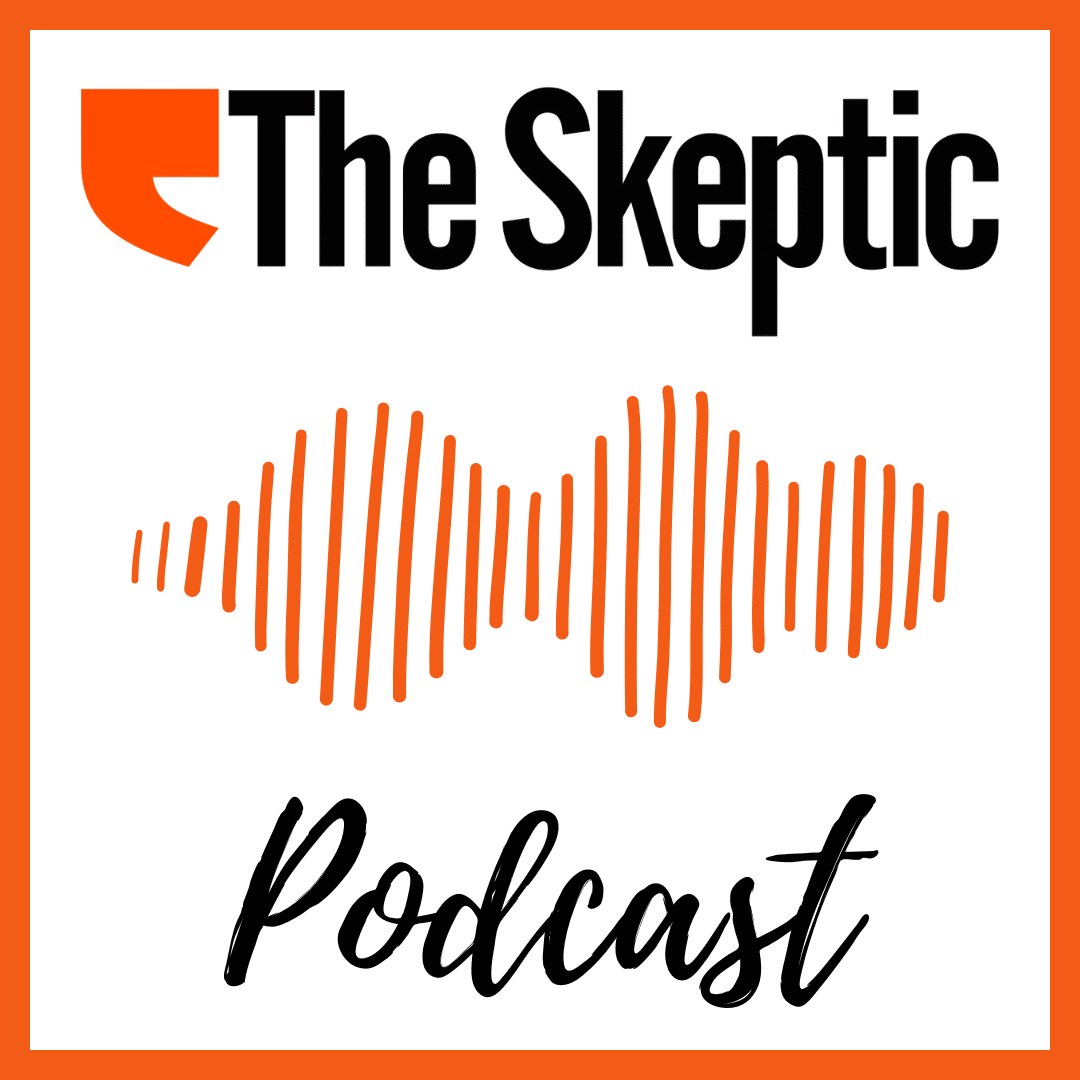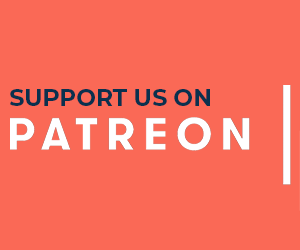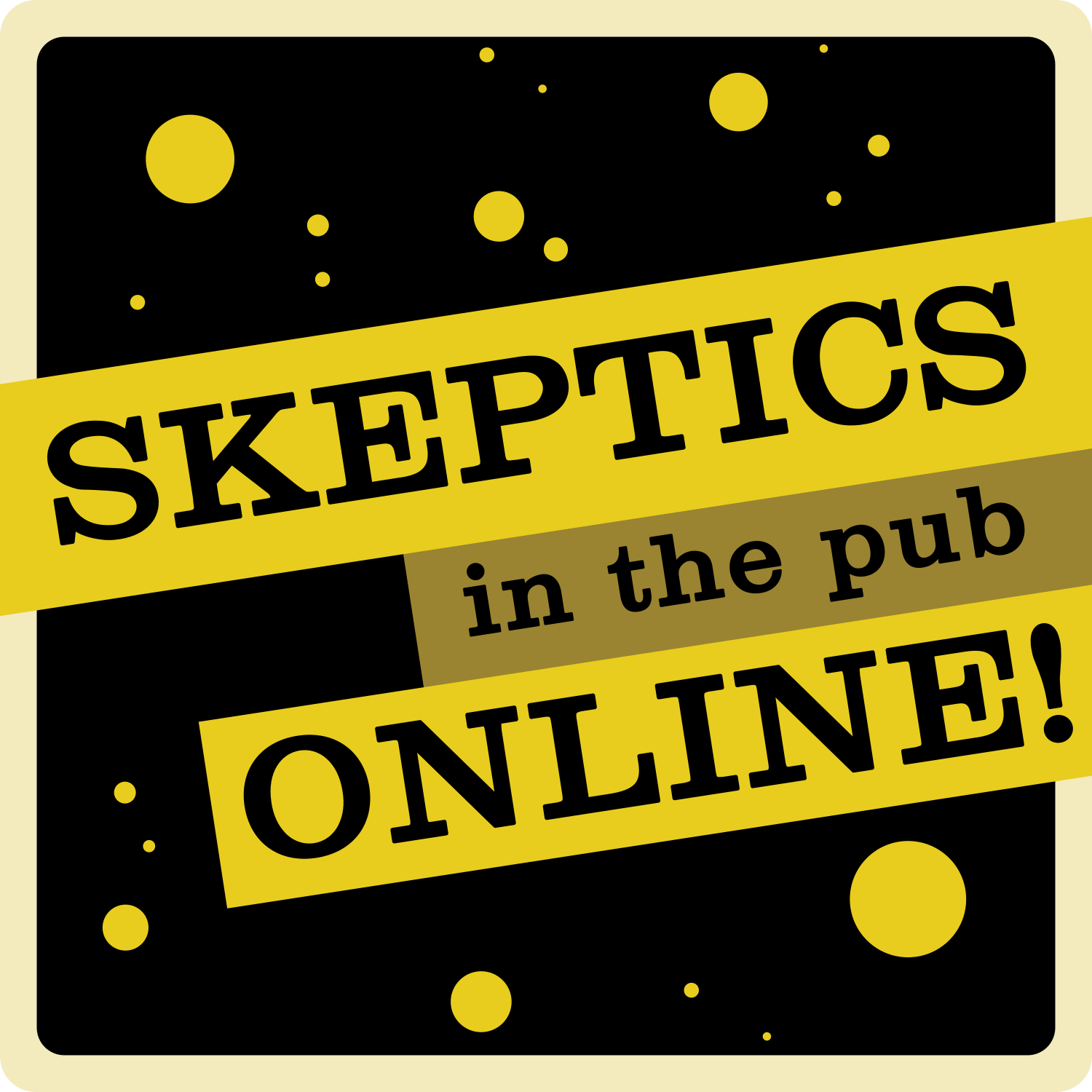Like many of you, I have been watching the political situation in the US with increasing horror. Trumpian fascism is in full swing and the election campaign that launched him back into the White House was vicious and fueled by constant misinformation.
In support of Trump’s hardline position on immigration and promises of mass deportations, right-wing pundits proliferated misinformation about immigrants and asylum seekers, in particular Haitian migrants. Elon Musk and other right-wing influencers last year accused Haitians of ‘cannibalism’, posting alleged cannibalism videos that were neither from Haiti nor showing cannibalism. One such viral video was from a Chinese theme park in 2018.
Haiti is currently undergoing a constitutional crisis, with widespread violence, but Musk and others poured fuel onto these flames to lend support to their claims that Haitian immigrants should be denied entry to the States. Musk himself said he wants to ‘screen immigrants for potential homicidal tendencies and cannibalism.’ Ian Miles Cheong, a right-wing commentator, claimed there are ‘cannibal gangs in Haiti who abduct and eat people’ and stressed that ‘these people are now illegally entering the US en masse’, making no distinction between those enacting violence and those trying to flee it. The accusations of cannibalism are likely partly based on intimidation tactics used by certain Haitian gangs, who use cannibal threats in an attempt to scare rivals.
But this is not where the cannibalism accusation began. Elon Musk and others are either knowingly or unwittingly weaponising propaganda that is older than America itself. To fully understand this accusation, and understand exactly how distasteful it is, we have to go all the way back to Christopher Columbus.
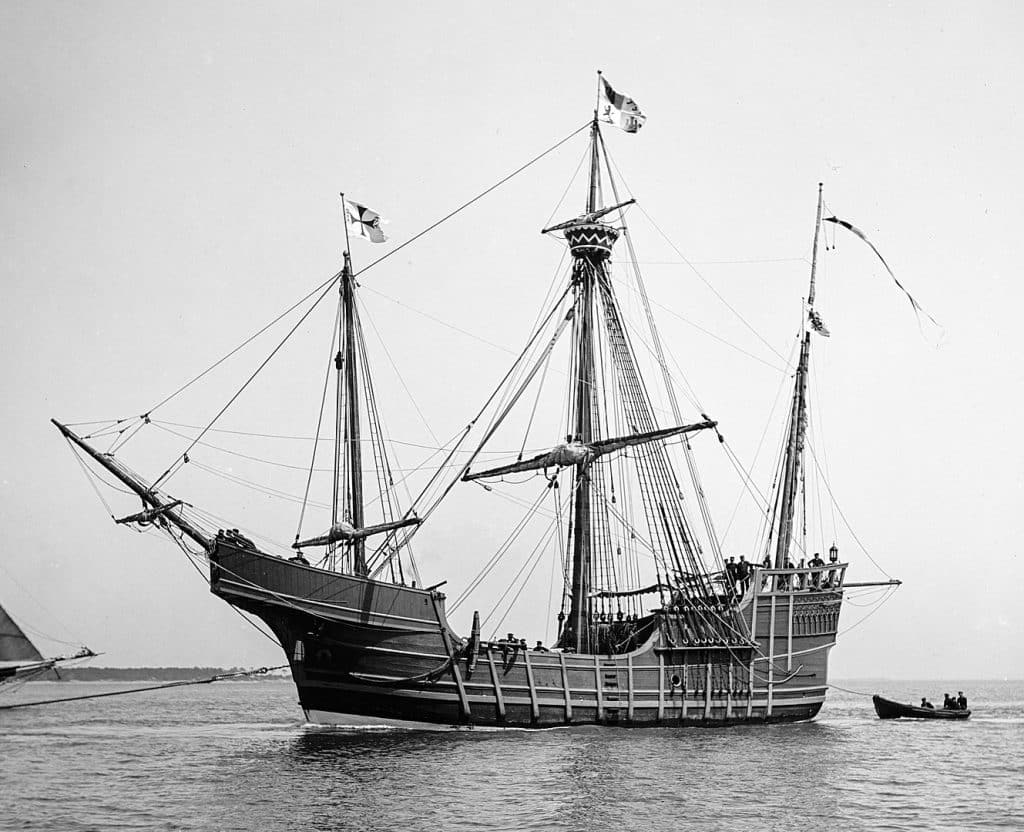
On 12 October 1492, after an arduous voyage west from Spain, quelling at least one mutiny along the way, Columbus and his crews made landfall, and arrived in a region that we now call the Caribbean (Morison, S. E, 1942). Columbus believed he had reached the Indies, an area that in the modern day can be roughly understood as southern and eastern Asia, including modern-day India, China, Japan, Myanmar, and the Malay archipelago.
But, while Columbus clearly had little idea of it at the time – nor, indeed, where he actually was – he had stumbled across something important. The Americas were an enormous set of land masses entirely unknown to the nations of Europe at the time… but, crucially, they were not undiscovered or uninhabited.
Although the exact dates of human migration to the Americas remains a point of scholarly debate, it is clear that people had been living there for 15,000–20,000 years, and it’s likely that will be pushed back further as we gather more evidence. As such, when Columbus landed on an island in the modern-day Bahamas and explored the nearby islands of the Greater Antilles, he immediately encountered a whole host of island nations and peoples.
One of the larger islands he encountered, he named Hispaniola – a name that it shockingly retains to this day, and in the modern day is home to the countries of the Dominican Republic and Haiti. The area was home to many distinct peoples, including the Arawack, the Lucayan, the Kalinago and the Taíno, who all spoke a family of related languages (Whitehead, 1984). The name of Haiti comes from the Taíno language and means ‘land of high mountains’.
During that first voyage, Columbus was met by the local inhabitants with great friendliness and generosity. Columbus and his crews traded jewellery, gems, beads, weapons and food, and other goods relatively peacefully, as well as engaging in mutual gift giving. In his logs, Columbus mentions being told many times about a nearby people known at the Caniba. The 26 November 1492 entry in Columbus’s Journal of the First Voyage reads (Columbus, 1893):
The Admiral says that all the people he has hitherto met with have very great fear of those of Caniba or Canima. … those of Caniba come to take people from their homes … When the natives who were on board saw a course shaped for that land, they feared to speak, thinking they were going to be eaten
The name for these people is inconsistent, elsewhere referred to as the Caribes, Caribas, Carib, Caribs or Canibales. Sometimes they are said to live on the island of Carib (Columbus, 1893). The reason for this mess of words is because of the enormous language barrier between the Europeans and the indigenous people they met. Columbus had no knowledge of the language or cultures of the areas, so his understanding of the local cultures was rudimentary at best. Columbus did have an interpreter with him, but he spoke Hebrew and Arabic (Morison, S. E, 1942).
There is only one recorded instance of violence during Columbus’ first voyage, on 13 January 1493 during his final stop of the voyage in north-east Hispaniola. The local people refused to trade the number of bows and arrows that Columbus desired and armed fighting broke out, ending in two natives becoming injured (Columbus, 1893). From his journal it is clear who he attributed this violence to:
they were no doubt an ill-conditioned people, probably Caribs, who eat men. … Even if they are not Caribs, they are a neighbouring people, with similar habits, and fearless, unlike the other inhabitants of the island, who are timid, and without arms
The word ‘Carib’ would end up lending itself to the name of the Caribbean itself, as well as becoming the name for two indigenous groups, the island and the mainland ‘Caribs’. And lastly the mess of names for the man-eating people led to the creation of a brand-new word for people-eating, the Spanish word canibal, from which we get the English word cannibal (Whitehead, 1984).
When Columbus arrived back in Spain in 1943, he brought back gold, flowers, a number of kidnapped native Taíno people who had survived the voyage, and tales of a savage people known as the Carib/Caniba, who eat people.
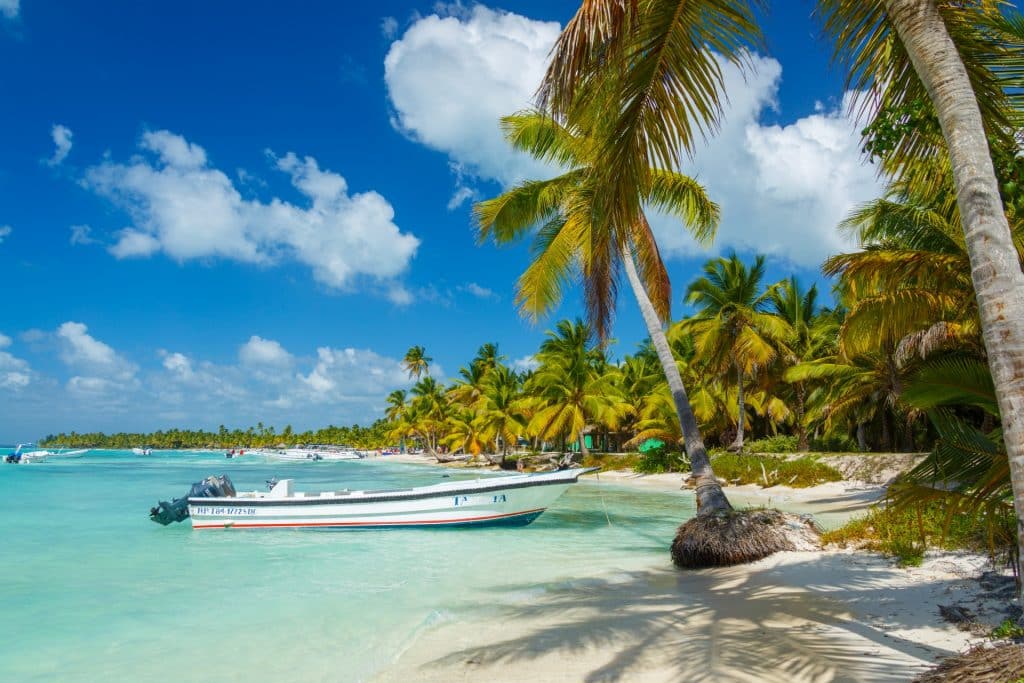
Over the course of subsequent voyages, the interactions between Europeans and indigenous groups did not remain peaceful, and European violence and oppression in the new world eventually lead to the almost complete obliteration of the indigenous inhabitants and their culture (Arens, 1980). The words ‘Carib’ and ‘cannibal’ may today have distinct meanings, but at the time both words were synonymous with violent natives and resistance to Spanish conquest.
The freedom from slavery of the people in the newly discovered land was a matter of scholarly and theological debate in Europe, and Queen Isabella of Spain initially ensured the freedom of these newly encountered people (Whitehead, 1984). However, these declarations were frequently undermined in practice by colonial administrators and settlers seeking wealth through forced labor, slavery, and exploitation. In 1503, Queen Isabella made the situation crystalline by issuing the following declaration (Whitehead, 1984):
…if such Cannibals continue to resist and do not wish to admit and receive my Captains and men who may be on such voyages by my orders, nor to hear them in order to be taught our Sacred Catholic Faith, and to be in my service and obedience, they may be captured and are to be taken to these my Kingdoms and Domain and to other parts and places and be sold.
Finally, the crown has provided a ‘legitimate’ excuse for the enslavement of the native inhabitants. That excuse was cannibalism. From then on, more and more people were branded as cannibals and slavery picked up apace. ‘Cannibal’ was a brand-new word; a politically and economically useful term that was weaponised to justify the enslavement and commodification of everyone in the ‘new world’. It helped serve Spanish colonial interests and so was levied at increasing numbers of indigenous populations. Anyone who resisted, any population that did not bow down to subjugation, was labelled a cannibal and treated accordingly.
The late anthropologist Neil L. Whitehead made a startling comparison (Whitehead, 1984), saying that:
an accusation of cannibalism in colonial South America functioned much as the epithet “terrorist” does in modern Europe: to place groups of people beyond the normal political process and in this way be able to justify various forms of extraordinary violence against them
What is extraordinarily disquieting is that this is still happening to this day, over 500 years later. People like Trump, Elon Musk and those that enable them are once again using the cannibal accusation to do the exact same thing to the exact same people. Single out a group of people to justify deportation, imprisonment and the denial of asylum, in other words justifying various forms of extraordinary violence against them.
And this is by no means the first time the accusation has reared its head since. American and European powers spread baseless tales of cannibalism in Haiti around the time the country overthrew its French colonisers and declared independence in 1804.
Now is a moment where Haiti needs the support of the international community more than ever. The country is in a state of crisis, with country-wide violence, half the population living in extreme food poverty, and over a million people internally displaced. Instead, last month the Trump administration announced that it is ending deportation protection for 500,000 Haitians, sending people who have potentially spent decades in the US to Haiti at a time of extreme violence and turmoil. It is a stunning example of cruelty and supported by archaic smears against Haitians.
I’m sure Elon Musk and other supporters of facism don’t actually care if they’re right or if they’re wrong about Haitians and cannibalism, nor do they give a damn about Haitians or Haitian history. But evocative political ideas have a tendency to reemerge and resurface regardless of their truthfulness, as successive generations repurpose them as tools of oppression. Our role as skeptics is one of collective memory, to debunk these false and dangerous claims whenever they might reappear.
- Morison, S. E. Admiral of the Ocean Sea: A Life of Christopher Columbus. (Little, Brown & Company, Boston, 1942).
- Whitehead, N. L. Carib cannibalism. The historical evidence. J. Soc. Am. 70, 69–87 (1984).
- Columbus, C. Journal of the First Voyage of Columbus. in Journal of Christopher Columbus (during his first voyage, 1492- 93), and Documents Relating to the Voyages of John Cabot and Gaspar Corte Real (ed. Markham, C. R.) 15–193 (Hakluyt Society, London, 1893).
- Arens, W. The Man-Eating Myth. (Oxford University Press, New York, NY, 1980).

